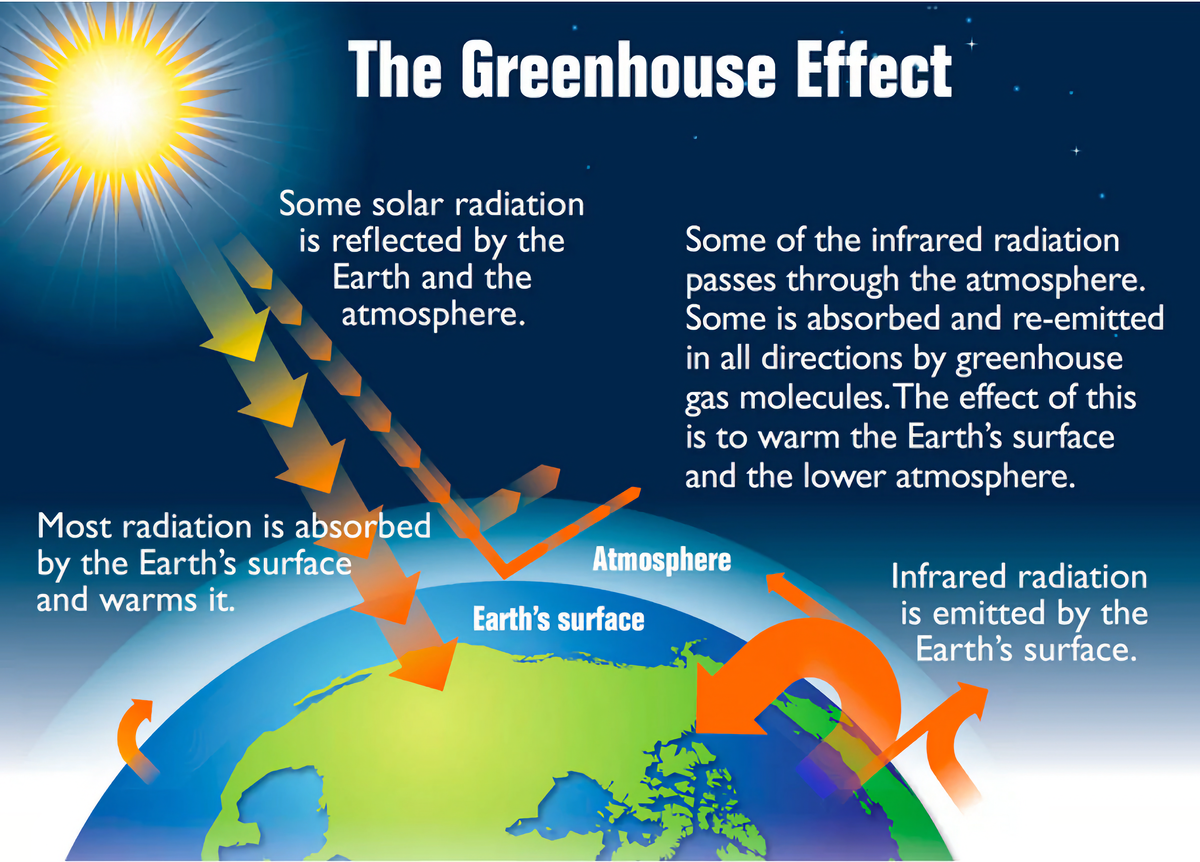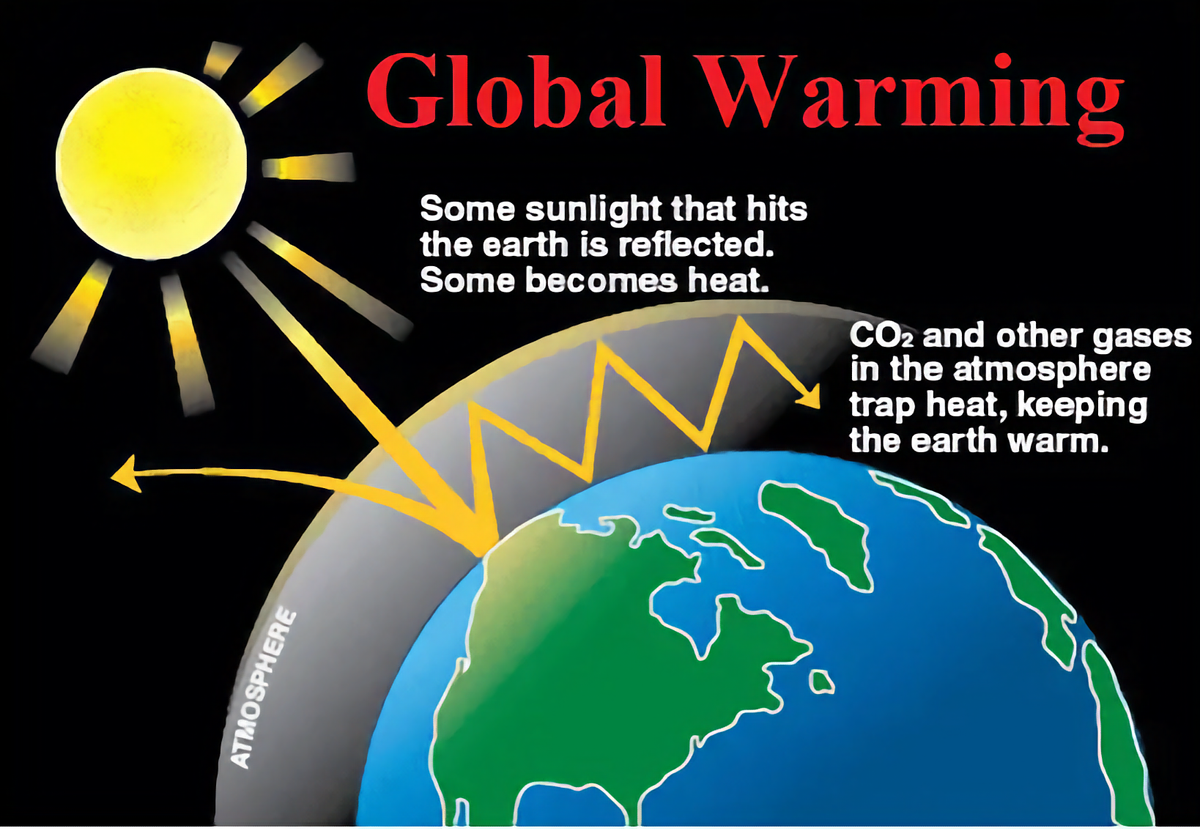The Green Page:

Failure to Slow Warming Will Set Off Climate ‘Tipping Points,’ Scientists Say
Failure to limit global warming to the targets set by international accords will most likely set off several climate “tipping points,” a team of scientists said on Thursday, with irreversible effects including the collapse of the Greenland and West Antarctic ice sheets, abrupt thawing of Arctic permafrost and the death of coral reefs.
The researchers said that even at the current level of warming, about 1.1 degrees Celsius above preindustrial levels, some of these self-sustaining changes might have already begun. But if warming reached above 1.5 degrees Celsius, the more ambitious of two targets set by the 2015 Paris Agreement, the changes would become much more certain.
And at the higher Paris target, 2 degrees Celsius, even more tipping points would likely be set off, including the loss of mountain glaciers and the collapse of a system of deep mixing of water in the North Atlantic.
The changes would have significant, long-term effects on life on Earth. The collapse of the Greenland and West Antarctic ice sheets, for example, would lead to unrelenting sea level rise, measured in metres over centuries. Permafrost thawing would release more heat-trapping gases into the atmosphere, hindering efforts to limit warming. A shutdown of ocean mixing in the North Atlantic could affect global temperatures and bring more extreme weather.
Johan Rockström, the director of the Potsdam Institute for Climate Impact Research in Germany and one of the researchers, said the team had “come to the very dire conclusion that 1.5 degrees Celsius is a threshold” beyond which some of these effects would start. That makes it all the more imperative, he and others said, for nations to quickly and drastically cut carbon dioxide emissions and other heat-trapping gases to curb global warming.
And as with the U.N. panel’s assessments, overshooting the 1.5-degree target does not mean all is lost. “Every 10th of a degree counts,” Dr Rockström said. “So 1.6 is better than 1.7 and so on” in reducing the tipping-point risks.
Current policies put the world on pace for nearly 3 degrees Celsius of warming by the end of the century. At that level of warming, many more tipping points would be set off, the researchers said.
A major study in 2008 identified more than a dozen parts of Earth’s system that could reach a tipping point. The new research eliminated a few and added several more, identifying a total of 16 parts, including nine that would have global effects.
This reinforces the urgency of the global community working together to halve emissions by 2030 and reach zero by 2050.
What is needed now is a comprehensive analysis by the Intergovernmental Panel on Climate Change.
“We’re in a much better position now than just a few years back to advance a real initiative on tipping point research,” Dr Rockström said.



